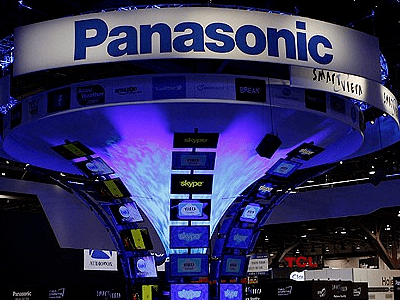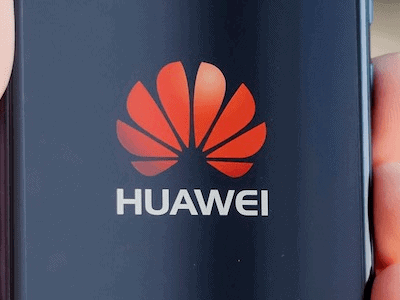Recently, I was in Kashmir on a personal trip. A friend asked me to recommend a laptop PC for him within a prescribed budget. I surfed a few popular online retail web sites and finally selected one that was not the latest in terms of specs, but sufficed the needs of my friend at the desired budget.
Then, together we stepped out to buy the selected laptop PC at ‘Computer Plaza’ – the “Nehru Place of Srinagar”, but were unfortunately not able to find our preferred model. The issue that came to light was that most channel partners do not maintain much inventory and stock only the latest, popular models with them which have a higher probability of selling. This is due to the fact that in case of products like laptop PCs, consumers have a tendency to purchase the latest models without giving a thought to whether they will require all of the features and processing power ever during the lifetime of the device.
Adopting a different route, I confidently told my friend to order the laptop PC online through Flipkart over a cup of coffee. On reaching home, I accessed the Internet and started the process of procuring the selected laptop PC. Midway through the order process, a dialogue box popped up to check about the feasibility of delivery in my location. To my surprise, after entering my postal code, a message popped up to state that the desired product could not be delivered to my location. On reading the fine print about Flipkart’s shipping policy, I realized that the disclaimer clearly mentions that not all products are delivered throughout the country.
With no other option, my friend and I had to look for the best pick from what was available at local dealers at the Computer Plaza. Eventually, my friend landed up purchasing a laptop PC of higher specs and incurring an expense of 33% over his budget. Definitely, he became the owner of a superior technical product that will ‘over suffice’ his computing needs and which he is unlikely to use to its full potential, ever.
Only if online retailers like Flipkart deliver laptop PCs toKashmir, my friend would not have exceeded his budget and got a machine bearing specifics that sufficed his requirements over a few years. Online retail portals inIndiaare facing a tough time and we have already seen some consolidations and realignments in this sector. Companies are severely cash-starved. So, in my opinion, targeting only the large metro cities is not a sufficient of appropriate strategy to grow. Online retailers have to bridge the gap between vendors and the large base of potential customers in the distant Indian hinterland, with a wide choice across models and brands, particularly in products like mobile handsets, laptop PCs, Tablets, etc.
This is how online retailers will be able to widen their customer base and become the preferred mode of shopping for the people who need them the most – consumers living in the remote and far flung areas of the country.
The strategy should not necessarily be to sell the latest tech gizmos, but to deliver to their doorsteps products and goods that sufficiently serve consumers’ goals over the mid-term and that are within their spending capacity.
Do Indian online retailers have the vision to take on the challenge and become truly pan-Indian suppliers to a market that is hungry and waiting to adopt lifestyle enhancing technology? The journey promises to be interesting to watch…
Faisal drives new initiates at CMR. Having over 13 years of research and consulting expertise in technology domain, he specifically covers Telecom, IP Technologies, Devices, Electronics, Applications and other emerging technologies.
Faisal completed his Master’s degree in Business Administration, specializing in Marketing and Finance. He also holds a Bachelor’s degree in Business Administration.











